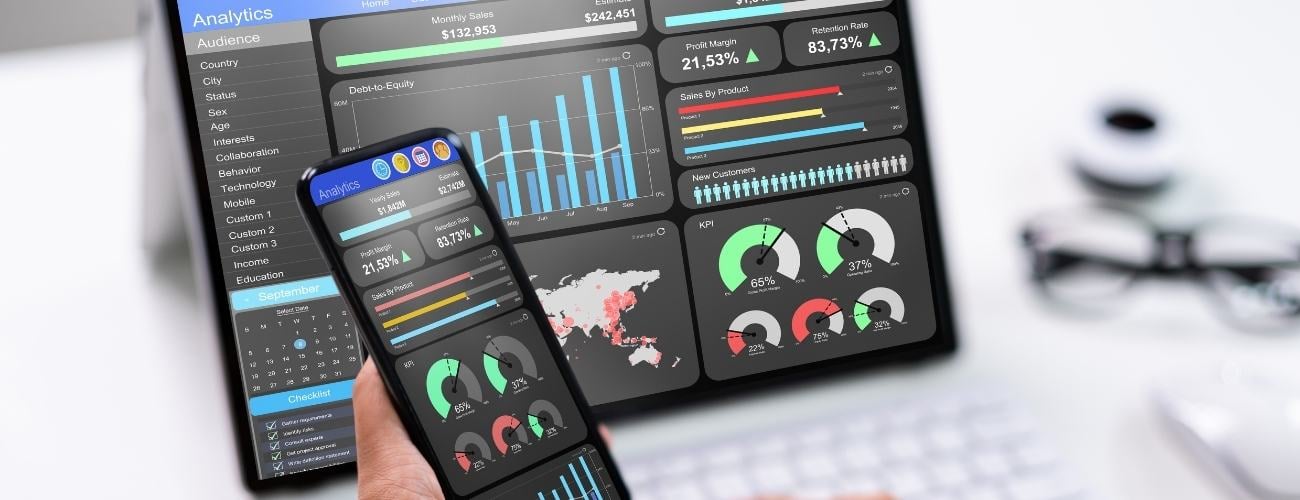Sales Analytics is the in-depth analysis of sales data to better understand performance, predict future trends, and make informed decisions to improve sales results.
Sales readiness and support
Configuration and quote management
Incentive and compensation management



